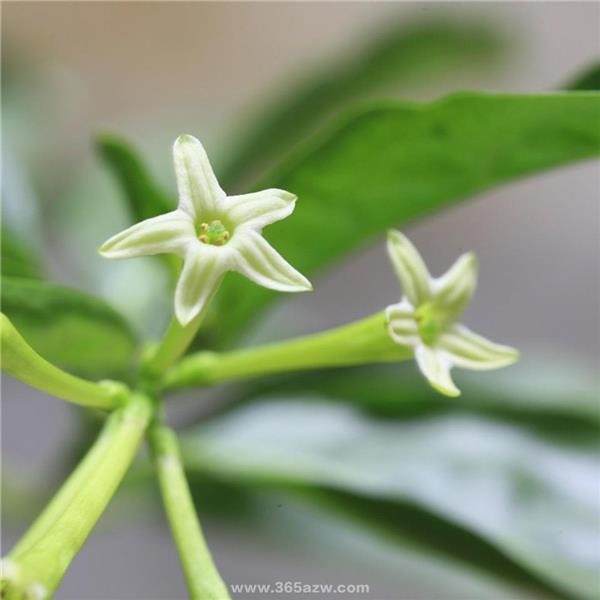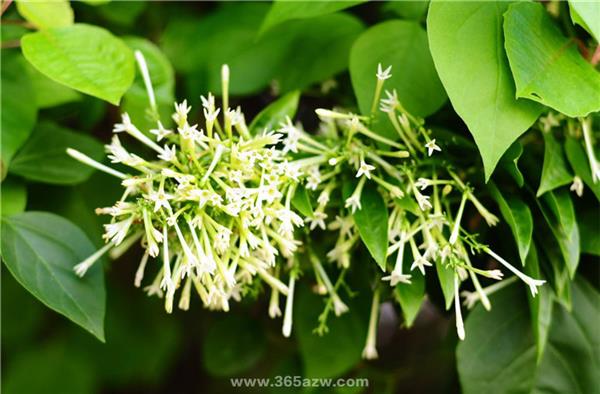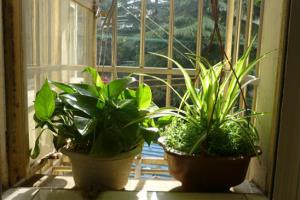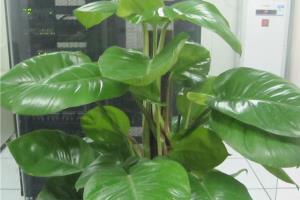How to breed evening primrose
Evening primrose is one of our more common flowering plants, which is often planted in the courtyard and other places at home. It mainly blossoms at night, and the fragrance of the flowers is very strong, and the ornamental arrangement in the courtyard and other places is still very good. Therefore, many owners will use it as a potted plant for viewing. So, how can it be cultivated?
The culture method of night incense
Soil: night incense likes loose, well-drained, organic acid soil. The potted soil for breeding night incense can be made of peat soil or rotten leaf soil, 2 parts of coarse river mud and a small amount of farm manure. When planting, fill the broken bricks in the shape of particles at the bottom about 1 stroke 5, which is conducive to drainage, and then put in the mixed culture soil.
Watering: summer is the peak growing season for evening primrose. The potted soil must be kept moist and watered twice a day if necessary. If the seedlings of evening primrose, spray water to the leaves once or twice a day. Temperature: nocturnal incense should be moved into the room in the middle and last ten days of October every year, and the room temperature should be kept from 8 ℃ to 12 ℃. If the temperature is lower than 5 ℃, the leaves will wither and fall off or even die.

Illumination: night incense likes to exchange for sunny and windy environment. From the beginning of May to the end of September, evening incense should be kept outside in a sunny place or on the balcony, but the sun exposure should be avoided at noon in summer. Fertilization: in the process of growth, night incense needs to apply liquid fertilizer every 10-15 days, and thin liquid fertilizer every half a month since late April, which can ensure continuous flowering from the middle of May. If you can apply high-efficiency humic acid liquid fertilizer such as Chunquan 883 or Huimanfeng, the effect is better.
Change the basin: the change of night incense should be carried out before coming out of the room in early April. When changing the basin, part of the old soil and roots should be removed, replaced with new culture soil, and heavy cutting should be carried out to promote the development of new branches. Night incense should keep the soil moist after changing the basin, but there can be no stagnant water in the pot. if you find that the tender leaves droop slightly after changing the basin, you should water them in time.
Pruning: scaffolding should be set up in the cultivation and management of evening incense, and it should be topped in time after it is put on the shed to promote more branches. After the night fragrant flowers bloom, the residual pedicels should be cut off in time, and fertilizer should be added. After withering fragrant flowers at night, the withered branches and overdense branches should be cut off, and the overgrown branches should be truncated.
Diseases and insect pests: nocturnal incense often has coal pollution disease and ring disease, which can be sprayed with 50% methyl topiramate wettable powder 500 times.
Matters needing attention in the culture method of night incense
Nocturnal is best put outdoors, as an ornamental plant, its aroma will make patients with high blood pressure and heart disease feel dizzy, depressed and uncomfortable, causing chest tightness and breathing difficulties and other symptoms, so nocturnal is not suitable for indoor display, if you put it indoors for a long time, it will cause dizziness, cough, and even asthma, insomnia, so the owner of nocturnal incense is safe.

The function of the culture method of night incense
1. Watch. Night incense has slender branches, blooming in summer and autumn, and yellow-green flowers blooming in the evening. It is often used to decorate courtyards, windows, ponds and pavilions in the south, with a certain ornamental value.
2. For medicinal use. Night incense can be used as medicine, with the effect of clearing the liver and eyesight, can treat eye swelling and pain, measles on the eyes, corneal nebula, and so on.
3. Edible. Evening primrose is edible, mainly for its fresh flowers and buds. It is a semi-wild vegetable.
4. Repelling mosquitoes. Night incense is relatively strong, and has a certain degree of toxicity, so it can expel mosquitoes, which is also a convenience to life, usually covering the windows with screens and planting plants outdoors.
- Prev

Green pineapple or hanging orchid has its own advantages which is better, green pineapple or hanging orchid?
Green pineapple or hanging orchid has its own advantages which is better, green pineapple or hanging orchid?
- Next

What kind of plant is emerald suitable for growing indoors?
What kind of plant is emerald suitable for growing indoors?
Related
- Wuhan Hospital Iron Tree Blooming Result Was Instantly Frightened by the Gardener Master
- Which variety of camellia is the most fragrant and best? Which one do you like best?
- What is the small blue coat, the breeding methods and matters needing attention of the succulent plant
- Dormancy time and maintenance management of succulent plants during dormancy
- Minas succulent how to raise, Minas succulent plant pictures
- What are the varieties of winter succulent plants
- How to raise succulent plants in twelve rolls? let's take a look at some experience of breeding twelve rolls.
- Attention should be paid to water control for succulent plants during dormant period (winter and summer)
- Watering experience of twelve rolls of succulent plants
- Techniques for fertilizing succulent plants. An article will let you know how to fertilize succulent plants.

